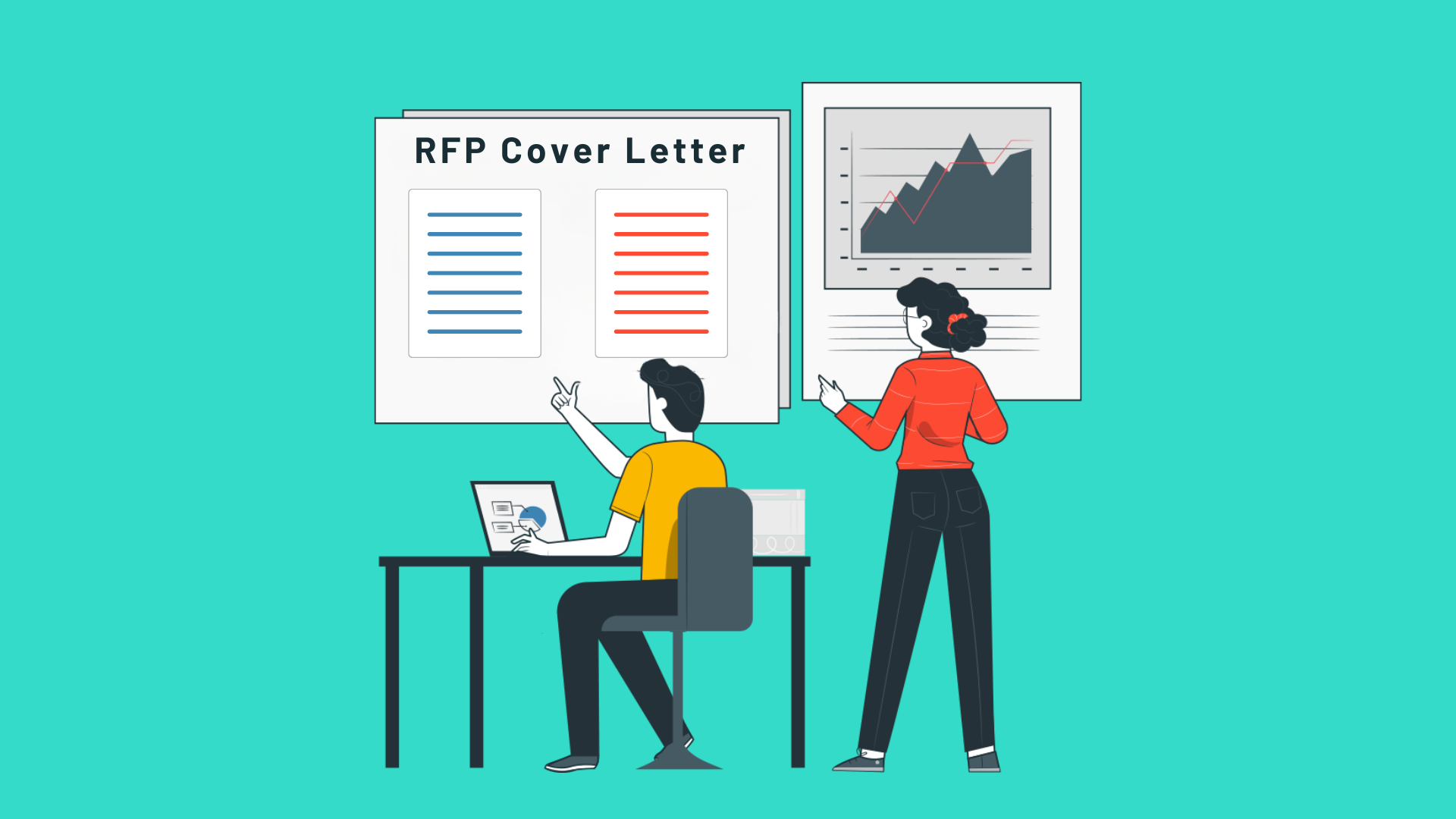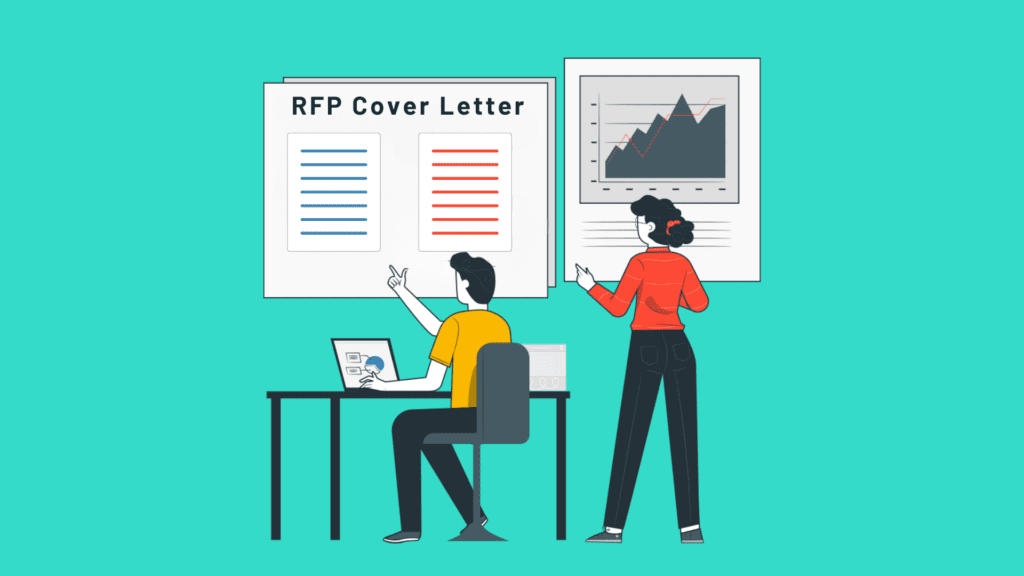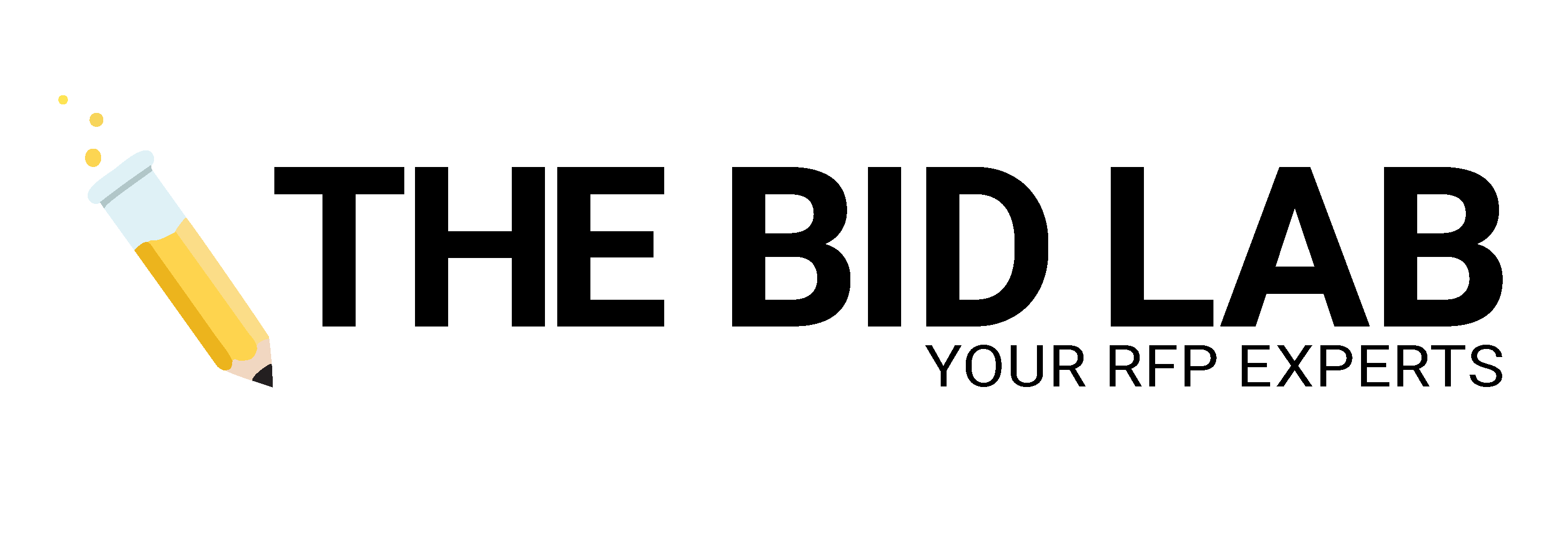RFP Cover Letter: The Dos and Don’ts


You’re not alone if you feel like completing RFPs is a never-ending process. Time, research and planning all take an organized effort from your team. There are myriad documents to assemble and requirements to meet. But, just when you think you’re finally finished, you may realize that you’re forgetting that all-important ‘first impression’: your RFP cover letter. Cover letters are often not on the list of the issuer’s requirements, so they’re easy to forget. Some people also feel uneasy writing cover letters because they’re so different, both in purpose and tone, from the rest of the bid. But, as with the icing on the cake, the cover letter tops off your information-full RFP with a personalized touch.
Your RFP cover letter’s objectives are:
- To thank the company for the opportunity to bid.
- To provide a short explanation of who your company is.
- To quickly summarize why your company is qualified to meet the requirements of their RFP.
In this article, we share some notions of what to do (and what not to do) when writing your RFP cover letter.
Do: Match Your Style to the RFP
As the cover letter is the first page of your RFP package, tailor the formatting to align with the issuer’s requirements. Issuers typically include a specific formatting guideline they ask responses to follow, including font and font sizes. For example, if the issuer requires the response to be in Times New Roman in 12-point font, implement the same into your cover letter.
Don’t use any fonts meant for party invitations (i.e., Comic Sans, Scripts, or any that reflect handwriting). If the issuer does not list a requirement, select a font that’s clear, professional and easy to read (i.e., Roboto, Arial).
Don’t: Write a Lengthy RFP Cover Letter Introduction
Your response is filled with many pages detailing, defining and fulfilling a complete scope of work. The procurement manager will be spending all of their time reviewing and comparing your response to others with similar information. Don’t overburden the reader by writing a long, overly detailed cover letter.
Rather, impress them with a quick, smart and to-the-point RFP cover letter not exceeding one page in length. Your team has put together the perfect set of responses to all of the questions of the RFP. So, leave that information to speak for itself within the remainder of the document.

Do: Follow All the Rules of Business Letter Formatting Etiquette
Although the RFP cover letter is an introduction to your fun and exciting team, this isn’t the place to go rogue by using perfume-infused paper. Rather, stick to proper business letter formatting. However, you may introduce a visual of your business logo using your letterhead. This also adds a pop of color to the sea of black-and-white information that follows.
We then recommend applying formalized business letter etiquette rules such as:
- Include the issuer’s business name, address and contact information.
- Insert the final date of when your response was completed.
- Address the letter to the key person at the organization who’s reviewing your bid. Don’t address your letter “To Whom It May Concern” or the like. If the RFP doesn’t list a contact person, take the extra step and contact the organization to ask for the contact name(s). This little bit of effort shows the reader that you’re invested in creating a relationship with them. As simple as it is, the person on the other end of the RFP will likely continue reading your full introduction letter.
Do: Be Compelling
When writing RFP cover letters, it’s easy to come off as sounding impersonal or even repetitive. But don’t fall into this trap! Introduce your company’s compelling personality by directly engaging the customer.
Do follow these steps when crafting your letter:
- Thank the issuer for the opportunity to bid. But not right away! Avoid starting the opening line in your RFP cover letter using any “Thank you for…” statements. Instead, be creative and address a fact about your potential client. For example, “Our team recognizes the impact DigitalSolutions Inc. made by upgrading the software solutions for the University of Neptune.“ Now, you’ve gained the attention of the reader. Because you’ve directly addressed a successful project they completed in the past, they’ll pay attention when you discuss continuing that success in the future.
- Reiterate the details of their RFP. Next, address their pain point(s). This should quickly sum up the details of their RFP and state that your business is prepared to resolve that need.
- Explain why your organization is qualified to respond. By now, you’ve done your homework on your potential client. So, use this part of the RFP cover letter to state why your team is uniquely situated to deliver solutions. Remember, it’s not a sales pitch; it’s an alignment pitch.
- Provide a short list of deliverables. This should acknowledge your inclusion of their requested main requirements. Don’t get into too much detail.
- Close the cover letter. Close your RFP cover letter with a call to action. A simple sentence letting the team know that you’re happy to provide them with any additional information is usually a safe bet. Then finish with a handwritten signature. This small step is the sprinkle on the cake that tops off the total investment you put into the bid.
Final Thoughts
Remember, the RFP cover letter should be the icing on the cake, and you want the reader to enjoy it. And you should also enjoy creating it. After all, your team dedicated their hard work, time and resources to crafting a perfect response for that customer. Your company is more than just a black-and-white response; use this area to your advantage and convey your commitment and personality! Just know that the more you engage, the more memorable you’ll be.
You Don’t Have to Go It Alone
At The Bid Lab, we work with clients who don’t have the time, resources, or experience to manage, write and build their bids. So whether you’re still learning the RFP process basics, looking for the perfect RFP recipe, or trying to avoid making common mistakes, The Bid Lab has your back. (Yes, even if you’re looking for non-RFP ways to expand your business altogether.) After all, we’re experts on both sides of the equation. We know how to write an RFP and how to respond to an RFP. Bids and RFPs are our business – all day, every day! So reach out for a free consultation by calling 1-844-4BIDLAB or emailing respond@thebidlab.com.
